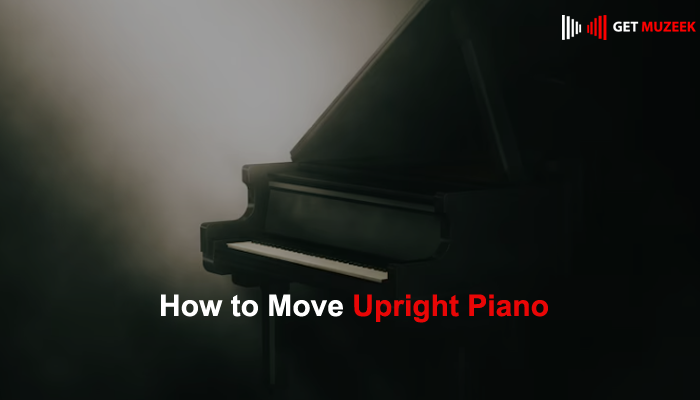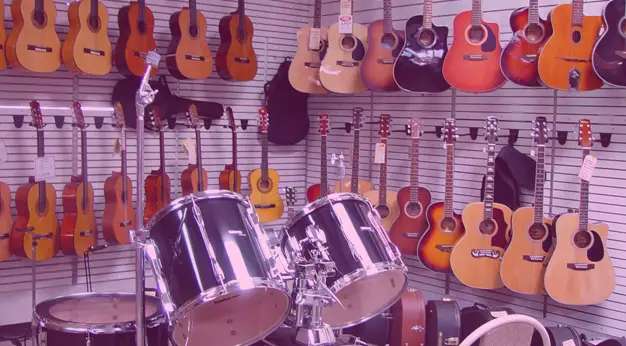
Moving an upright piano can be a daunting task, but with the right preparation and techniques, it can be done safely and efficiently. In this guide, we will walk you through the step-by-step process of moving an upright piano, providing you with valuable tips and insights to ensure a successful relocation.
Whether you are moving to a new home or rearranging your current space, these guidelines will help you protect your valuable instrument and prevent any potential damage.
How to Move Upright Piano
Moving an upright piano requires careful planning and execution to avoid any mishaps. Here’s a detailed breakdown of the process:
1. Assess the Weight and Dimensions
Before starting the moving process, it’s crucial to have a clear understanding of the weight and dimensions of your upright piano. This information will help you determine the necessary equipment and manpower needed for a safe move. Use a measuring tape to measure the height, width, and depth of the piano, and make note of its weight.
2. Gather the Right Equipment
Moving a heavy instrument like an upright piano necessitates the use of proper equipment. Here’s a list of essential items you’ll need:
- Piano dolly: A sturdy and reliable piano dolly will make the transportation process much easier. Ensure that the dolly is equipped with straps to secure the piano in place.
- Furniture blankets: Thick furniture blankets or moving pads will protect the piano from scratches or dents during transit.
- Piano skid board: A piano skid board provides additional stability when moving the piano up or down stairs.
- Heavy-duty straps: Use heavy-duty straps to secure the piano to the dolly and prevent it from shifting during the move.
- Furniture sliders: Sliders can be helpful when maneuvering the piano across hardwood or tiled floors.
3. Enlist Adequate Help
Moving an upright piano is not a one-person job. It’s crucial to have enough people to assist you with the move. Ideally, three or four strong individuals should be present to ensure the piano is lifted and transported safely.
4. Protect the Piano
To prevent any damage during the move, it’s essential to protect the piano properly. Follow these steps:
- Close and secure the lid: Close and latch the piano lid to protect the keys and internal components.
- Wrap the piano: Cover the entire piano with furniture blankets or moving pads, securing them with packing tape.
- Secure the blankets: Use additional straps or bungee cords to hold the blankets in place, ensuring they won’t shift during transportation.
5. Prepare the Pathways
Clear any obstacles or hazards along the pathway you’ll be taking to move the piano. This includes removing furniture, rugs, or any other objects that could impede the smooth movement of the instrument. Measure doorways and hallways to ensure there is enough space for the piano to pass through.
6. Use Proper Lifting Techniques
When lifting the piano, it’s crucial to use proper lifting techniques to avoid strain or injury. Follow these guidelines:
- Bend your knees: Keep your back straight and bend your knees when lifting the piano. This will minimize the strain on your back.
- Lift with your legs: Use the strength of your legs to lift the piano, avoiding excessive strain on your arms and back.
- Maintain a firm grip: Ensure that all individuals involved in lifting the piano have a secure grip on the instrument.
- Communicate: Establish clear communication among the team members to coordinate the lifting process smoothly.
7. Secure the Piano on the Dolly
Once the piano is lifted, carefully position it onto the piano dolly. Use straps or bungee cords to secure the piano to the dolly, ensuring it is tightly fastened. Double-check that the straps are secure before proceeding.
8. Move the Piano
With the piano securely fastened to the dolly, you can begin the actual transportation. Take the following steps:
- Assign roles: Assign specific roles to each team member to ensure a coordinated and safe movement.
- Move slowly and steadily: Avoid sudden movements or jerks while transporting the piano. Move slowly and steadily, especially when navigating corners or stairs.
- Use the piano skid board for stairs: If you encounter stairs, carefully position the piano skid board under the dolly and use it to slide the piano up or down the steps.
- Ensure clear pathways: Make sure the pathways are clear of obstacles and maintain clear communication with your team members throughout the process.
9. Unload and Reassemble
Upon reaching the desired location, carefully unload the piano from the dolly and place it in its designated spot. Remove the furniture blankets or moving pads, and reassemble any parts that were disassembled earlier, such as the piano legs or pedals. Take your time to ensure everything is securely in place before removing any restraints.
10. Tune the Piano
After the piano has been moved, it is recommended to have it professionally tuned. The process of moving the piano may have affected its tuning, and a professional tuner will ensure it is brought back to its optimal condition.
Frequently Asked Questions
Q1: Can I move an upright piano by myself?
A: Moving an upright piano by yourself is not recommended due to the weight and size of the instrument. It’s best to enlist the help of others to ensure a safe and successful move.
Q2: How much does it cost to move an upright piano?
A: The cost of moving an upright piano can vary depending on various factors such as the distance, location, and additional services required. It’s advisable to contact professional piano movers for accurate pricing information.
Q3: Can I use a regular dolly to move an upright piano?
A: It’s strongly recommended to use a piano dolly specifically designed for moving pianos. Regular dollies may not provide the necessary stability and security required to move such a heavy and delicate instrument.
Q4: Should I hire professional piano movers?
A: Hiring professional piano movers is highly recommended, especially for long-distance moves or if the piano holds sentimental or monetary value. Professional movers have the expertise and equipment needed to ensure a smooth and secure piano relocation.
Q5: Can I lay an upright piano on its back during the move?
A: It is generally not recommended to lay an upright piano on its back. The internal components of the piano are delicate and can be damaged if not handled properly. It’s best to keep the piano in an upright position throughout the move.
Q6: How long does it take to move an upright piano?
A: The time required to move an upright piano can vary depending on factors such as the distance, obstacles, and the complexity of the move. On average, it can take a few hours to safely transport an upright piano to its new location.
Conclusion
Moving an upright piano can be a challenging task, but with proper planning, equipment, and assistance, it can be accomplished successfully.
Remember to assess the weight and dimensions of the piano, gather the necessary equipment, protect the instrument, prepare the pathways, use proper lifting techniques, and secure the piano during transportation.
If possible, it’s advisable to hire professional piano movers to ensure the safety and integrity of your valuable instrument. With these guidelines in mind, you can confidently move your upright piano to its new location while keeping it protected and in optimal condition.
Related Posts:
- How to Play G on the Piano
- How to Play Wake Me up Avicii Guitar Chords
- How to Play Hallelujah Chords Guitar: A Comprehensive Guide
- How to Play Eight Days a Week Chords
- How to Play Taylor Swift “You Belong With Me” Chords



